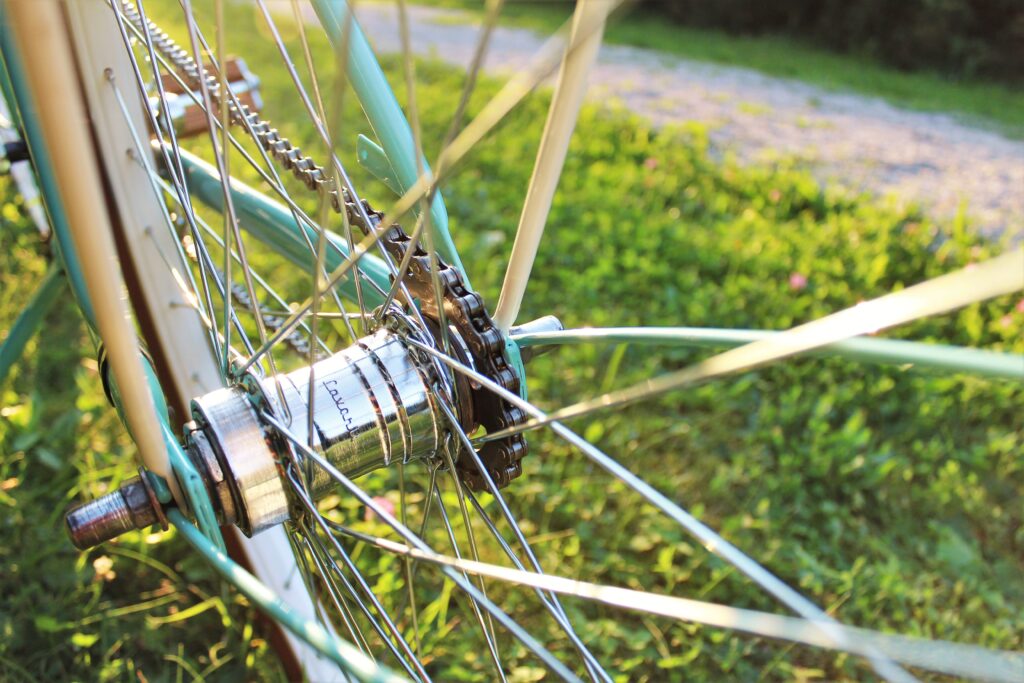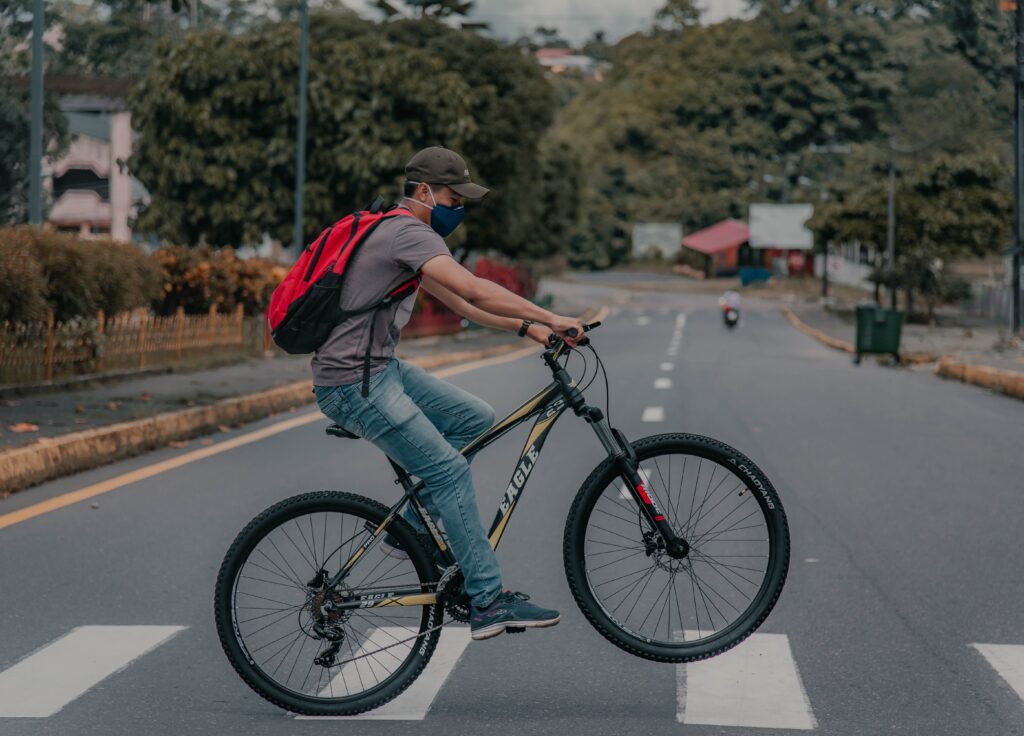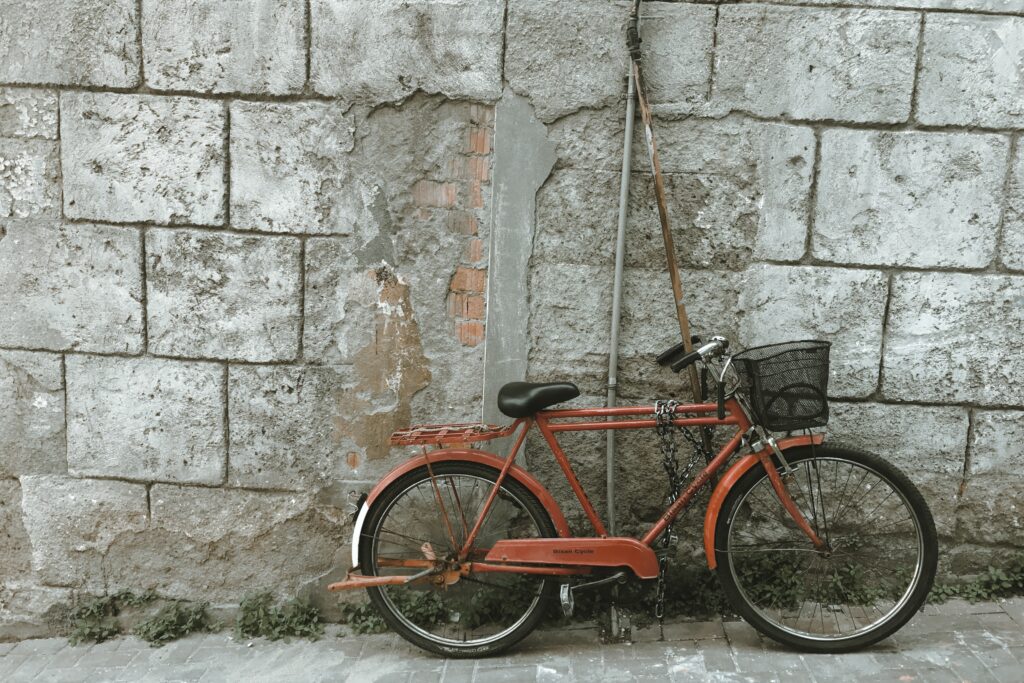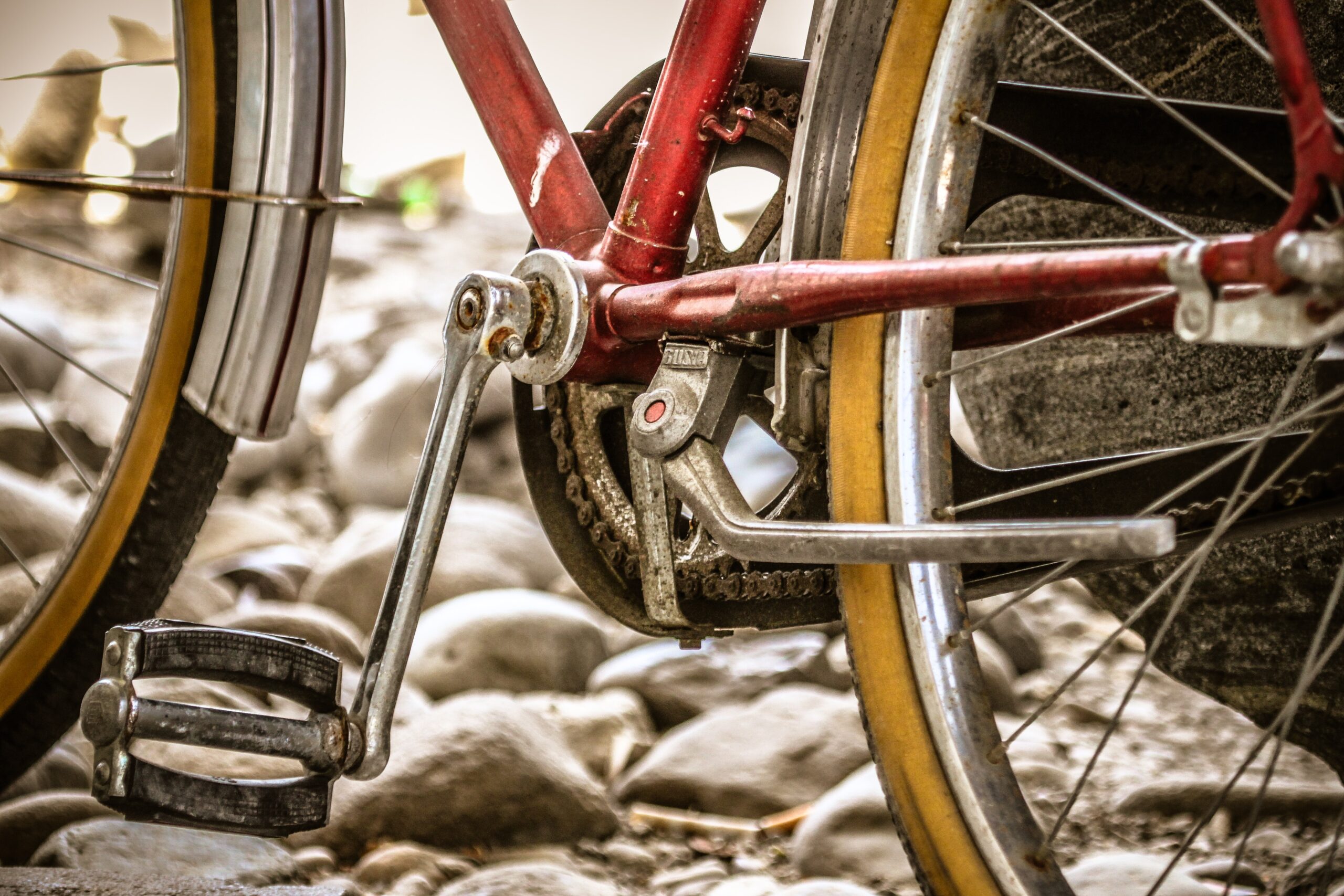It’s all too common to see people frantically or laboriously grinding their way along while struggling to even move their bikes. Life would be a little bit easier if these people used their equipment properly. The use of gears is one of those wonderful inventions that accelerates riding, makes it simpler to climb hills, and increases enjoyment.
Gears convert the energy you exert on the pedals into output at the wheel. There is typically a maximum cadence (the rate at which your pedals spin) at which you will be most effective. Both of these limitations apply to the force that your muscles can generate.
Learning about bicycle gears

Changing your gears based on the terrain. Bike use can occasionally be a little challenging, despite the fact that they are great. When considering how to use a bicycle’s gears, this is particularly true. Things may appear difficult due to the variations in gear components, especially for beginners.
When you first begin riding or after a long break from riding, using the bicycle’s gears can be challenging. However, being able to utilize your gears to their fullest and knowing when to change gears can be a transformative skill that makes cycling easier.
Understanding how to use the gears on your bike can also improve your efficiency as a whole and, most importantly, how much you enjoy riding! Gears are there to assist us in doing that because no single gear can be relied upon to maintain an appropriate riding speed (or cycling cadence) regardless of the gradient or terrain. Your bike’s gearing system is designed to help you maximize your skeletal muscle. When you select a gear, you are essentially deciding how much effort will be required for each pedal stroke.
How to use a Gear

On bicycles with conventional drivetrains and multiple front chainrings, the actions listed below are appropriate.
- The left-hand shifter is used to move the chain on the front chainrings.
- Start your chain on the middle of the three chainrings on your front hub, and then adjust it significantly up or down as needed. Depending on which of the two chainrings you have, start by placing your chain on it.
- Transferring your chain to the smallest front chainring will make pedaling much easier, such as when climbing hills.
- Set your gearing to the largest chainring up front if you want to make pedaling noticeably more challenging (for instance, if you’re going down hills and need to control your speed).
- The right-hand shifter is used to move the chain on the back cassette, In order to find the perfect momntum, transfer your chain to the larger cogs at the back will gradually make pedaling easier.
- Chain shifting to the smaller back cogs will allow you to pedal more forcefully.
Perhaps you’re thinking that it will be hard to remember all of these specifics. The best course of action is to experiment with different gears until you become accustomed to them.
Guidelines for shifting properly

The following suggestions apply to all bikes
Instead of shifting halfway up when you’re rapidly slowing down and applying the most pedal pressure, take into account the terrain before shifting. When shifting while climbing a hill, move slowly and temporarily relax your foot pressure. You may hear a lot of grinding when shifting while applying excessive pedal pressure, which will hasten the wear and tear on your drivetrain.
On level or descending terrain, shifting through more than one gear at once is acceptable. When in doubt, change to a gear that is simpler to pedal because, although it initially seems faster, doing so quickly exhausts your strength and could be difficult on your knees. When using an easier gear and a higher cadence, pedaling faster in a harder gear is more effective. Try to maintain the fastest pedaling speed you can sustain throughout the entire ride.

